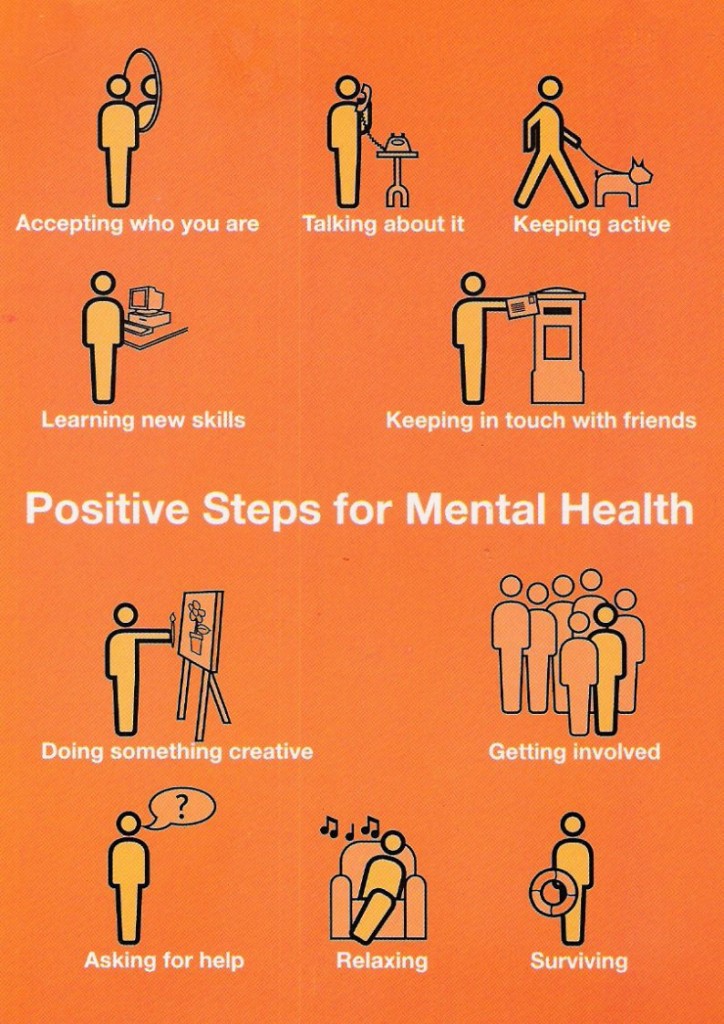“Culture and the arts are potent forces in national development. With its colors and contrasts, our cultural heritage unifies our race, and gives it a national identity that lends pride and dignity to every Filipino” – Corazon Aquino, 1991
1, 2, 3! 1, 2, 3! The clicking sound of bamboo sticks slapping against each other for tinikling is an all too familiar rhythm. That dance is, after all, the quintessential introduction to Pilipino culture taught to kids in community youth groups, adapted for high school international nights, and ubiquitous in cultural productions by university Pilipino clubs.
The first time I learned the dance, I was 13. I eagerly joined a group performing tinikling at my church as an earnest attempt to connect with my heritage. Naturally, we used PVC pipes in lieu of bamboo, wore white tees and denim shorts instead of native garb, and choreographed our traditional dance to none other than Destiny’s Child’s “Lose My Breath” and Ne-Yo’s “Stay With Me.” Body rolls were involved. At the time, it felt like a worthy homage.
Fortunately, I’ve since discovered the rich offering of folk dances beyond tinikling: the graceful balancing act pandanggo sa ilaw, the flirtatious hat duet subli, the masculine coconut dance maglalatik, the stoic, haunting janggay, the regal singkil, and countless others.
Every year, I see Pilipino clubs at universities put on innumerable showcases of our native culture in dance competitions, pageants, and Philippine cultural nights (PCNs, or “barrios” as some call them.) A hodgepodge of interpretations of “traditional” dance appear on stage, from meticulously rehearsed, authentic displays to barely recognizable, loosely-interpreted traditional dance: pandanggo sa ilaw performed with flashlights, maglalatik fused with step dancing, and tinikling liberally peppered with breakdancing.
For every crew I see striving to do traditional dance justice, there is another itching to reinvent, break out, ditch, even, the antiquated choreography. A “cultural” portion is often pegged as a requirement for qualification, and you can’t help but see traditional dance turn more into an obligation than a genuine homage. I've seen some clubs give all of thirty seconds of their seven minute set to a hastily put together folk dance.
Why do we even bother to “be cultural” and learn traditional dance? What is the value of portraying them accurately or not? In The Day the Dancers Stayed: Performing in the Filipino/American Diaspora, Theodore S. Gonzalves explains that second generation Fil-Ams use traditional dance to reconcile the conflict of in-betweenness. After growing up Americanized, PCNs are an alluring effort for identity-seeking young adults to reclaim ethnicity.
Dance, after all, is a universal language and educator. Even if a Fil-Am doesn’t know Tagalog, which is a common case for many young Fil-Ams today, repeating the steps of our ancestors offers that connection to heritage that students who join Pilipino organizations seek. However, the experience can seem second-hand and diluted after learning from YouTube clips that learned from YouTube clips that learned from dance troupe’s YouTube clips.
The Bayanihan Philippine Dance Company that started in the 1950s is one of those authorities–their singkil video alone has 300,000 views and counting. The company, which tours internationally and even inspired its own national day in the Philippines (May 27), popularized folk dance as we know it. To a fresh eye, the elaborate presentation, trained facial expressions, and detailed costumes look as traditional as it gets. What we don’t realize, however, is that even Bayanihan’s presentation of traditional dance is skewed. Barbara S. Gaerlan, author of “In the Court of the Sultan,” claims that Bayanihan’s singkil dance in fact shows an orientalist portrayal of Muslims featuring over sensualized females, costumes borrowing from Arabia, and bare-chested males in a way typically offensive in Muslim culture.
Still, the dramatization of the dances are undoubtedly entertaining. Perhaps this is what it boils down to. When we are showcasing our culture to an audience of outsiders, who wouldn’t want to amp up theatricality?
I brought up this dichotomy of accurate traditional dance versus reintepretation to Dr. Kevin Nadal recently, and he challenged me with a thought: Isn’t dance about art?
Art is meant to change, be open to interpretation, and molded in personal experience. If that means tapping your cultural side by infusing tinikling with the latest hit on Z100...by all means, bump that track and bring out the bamboo sticks.
Photo credit: Don Gutierrez



 Depression is increasingly more
Depression is increasingly more 